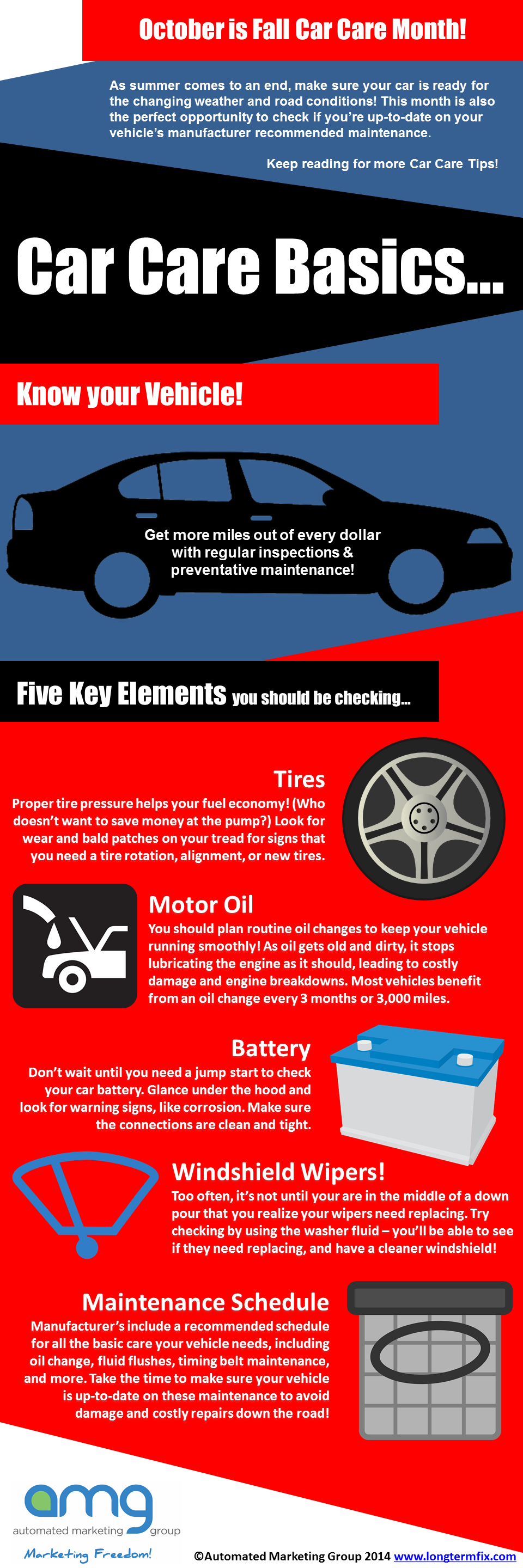Interpreting Your Auto'S Alert Lighting: Their Real Ramifications
Interpreting Your Auto'S Alert Lighting: Their Real Ramifications
Blog Article
Personnel Writer-Faulkner Kejser
When you're behind the wheel, those glowing warning lights on your dashboard can be a little bit perplexing. Do you recognize what they're attempting to inform you concerning your car's health and wellness? Understanding the value of these lights is vital for your security and the long life of your vehicle. So, https://wgntv.com/news/utah-bank-flagged-for-issuing-189-interest-loans-through-auto-repair-shops/ among those lights pops up, would not you wish to decipher its message properly and take the essential steps to resolve it?
Common Caution Lighting and Interpretations
Recognize common caution lights in your automobile and recognize their definitions to guarantee secure driving.
The most typical warning lights consist of the check engine light, which indicates problems with the engine or exhausts system. If click this over here now comes on, it's important to have your automobile inspected quickly.
The oil stress warning light indicates low oil pressure, calling for prompt interest to prevent engine damage.
A blinking battery light may suggest a malfunctioning billing system, possibly leaving you stranded otherwise resolved.
The tire stress monitoring system (TPMS) light notifies you to reduced tire pressure, impacting automobile stability and gas efficiency. Ignoring this could cause dangerous driving conditions.
mouse click the up coming website shows a problem with the anti-lock stopping system, compromising your capability to stop swiftly in emergencies.
Lastly, the coolant temperature warning light warns of engine getting too hot, which can cause extreme damages otherwise dealt with quickly.
Understanding these typical warning lights will certainly help you deal with concerns promptly and preserve risk-free driving conditions.
Value of Prompt Interest
Comprehending the common caution lights in your automobile is just the primary step; the relevance of immediately attending to these cautions can not be stressed enough to ensure your safety and security on the road.
When deep clean car interior brightens on your dashboard, it's your automobile's way of communicating a possible concern that requires interest. Ignoring these warnings can lead to a lot more extreme troubles down the road, endangering your security and potentially costing you a lot more in repairs.
Prompt attention to warning lights can prevent failures and accidents. For example, a blinking check engine light can show a misfire that, if left unattended, might cause damage to the catalytic converter. Resolving this without delay can conserve you from a costly repair service.
In a similar way, a brake system advising light may signal reduced brake fluid or used brake pads, vital elements for your safety and security when driving.
DIY Troubleshooting Tips
If you see a caution light on your dashboard, there are a few do it yourself troubleshooting pointers you can try before seeking professional assistance.
The first step is to consult your car's handbook to recognize what the specific caution light shows. Occasionally the problem can be as easy as a loosened gas cap activating the check engine light. Tightening up the gas cap might resolve the trouble.
Another common issue is a reduced battery, which can trigger different alerting lights. Inspecting the battery connections for deterioration and guaranteeing they're protected might take care of the issue.
If a caution light persists, you can try resetting it by detaching the vehicle's battery for a couple of minutes and after that reconnecting it. Additionally, inspecting your car's fluid levels, such as oil, coolant, and brake liquid, can aid troubleshoot advising lights associated with these systems.
Conclusion
In conclusion, understanding your vehicle's warning lights is vital for maintaining your automobile running efficiently and safely. By immediately dealing with these notifies and knowing what they imply, you can stay clear of expensive repair work and prospective break downs.
Bear in mind to consult your automobile's handbook for particular details on each advising light and do something about it as necessary to ensure a hassle-free driving experience.
Keep notified, stay risk-free on the road!
